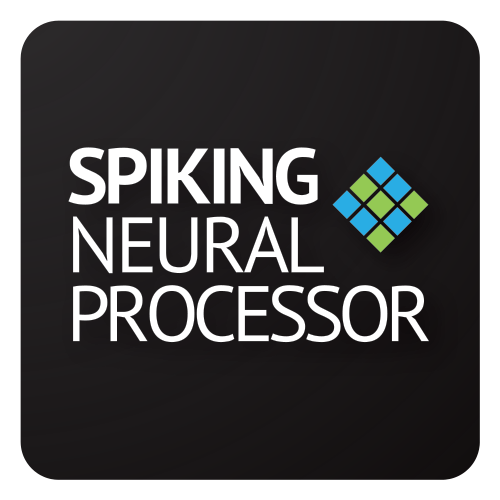The Spiking Neural Processor (SNP) is an ultra-low power processor that brings
intelligence closer to the sensor. Using a highly efficient analog-mixed signal
neuromorphic architecture, it enables sensor data to be processed with 500x
lesser energy and 100x faster compared to conventional approaches.
Resources
In here you can access datasheets, applications, print materials, and resources about to Innatera's neuromorphic AI technology.
Spiking Neural Processor
The SNP unlocks breakthrough power-performance gains for always-on applications,
allowing next-generation sensing functionalities even in battery-powered devices.
allowing next-generation sensing functionalities even in battery-powered devices.

Audio Scene Classifier
Audio scene classification allows devices to be aware of the environment they operate in and use this information to adapt their operation. e.g. in noise cancelling headphones, this might mean adapting to the ambient noise profile of an airplane or a city bus.
Innatera’s ultra-low power Spiking Neural Processor allows audio scenes to be classified continuously, and for changes in ambient sound profiles to be detected rapidly, even for complex and noisy environments.

Radar Human Presence Detector
Intelligent radar-based solutions enable these functions to be realized in an always-on manner with remarkable accuracy, recognition speed, and power-efficiency, while preserving privacy of the monitored environment. Innatera's reference design utilizes a 60GHz Radar sensor to robustly identify human presence based on the electromagnetic signature of human targets, unlike traditional solutions that use the motion of the target as a proxy for presence.
Consequently, the solution allows accurate detection of human targets even in the presence of moving objects (e.g. bushes, oscillating fans), discrimination from non-human targets (e.g. pets), and continued detection even when targets remain still (e.g. a seated TV viewer).

Infrared People Counter
People counting is a valuable technology for various applications, providing critical data for optimizing building management systems, enhancing security, and improving energy efficiency. Infrared sensors detect heat signatures, making them effective even in low-light or no-light conditions, where optical cameras might fail. They provide a non-intrusive way to monitor occupancy without capturing identifiable images, thus preserving privacy. Additionally, infrared sensors are less affected by environmental factors such as shadows, reflections, and varying lighting conditions, resulting in more reliable and consistent data. Being able to compute this in an always-on fashion while having a low power profile is a challenging task, making Innatera's Spiking Neural Processor the perfect solution for this problem, allowing the problem to be solved on battery operated devices

Brochure
Innatera is a spin-off from the Delft University of Technology in the Netherlands. Born out of a decade of research on energy-efficient neuromorphic computing, it pioneers a new breed of microprocessors that aim to bring brain-like intelligence to sensors.
Backed by leading European deeptech VCs Matterwave Ventures, MIG Capital, European Innovation Council, and Delft Enterprises, we're on a mission to make a billion sensors intelligent by 2030. Our vision of the future is one where electronic devices integrate seamlessly into our lives, making the world around us smarter, safer, and cleaner.

Talamo SDK
Innatera’s powerful software tooling allows for a seamless user experience from model development to deployment. The tools integrate with familiar machine learning and embedded development ecosystems allowing rapid prototyping, customization, debugging and deployment onto hardware.

